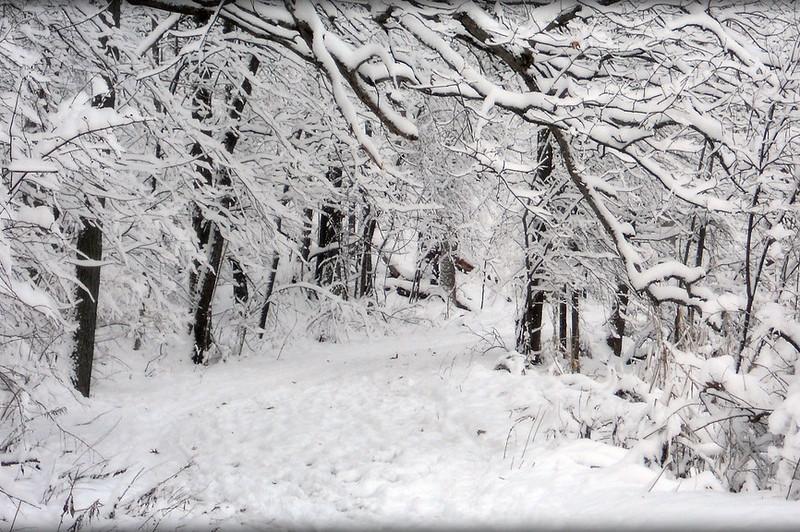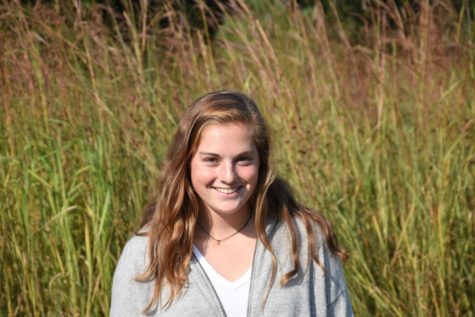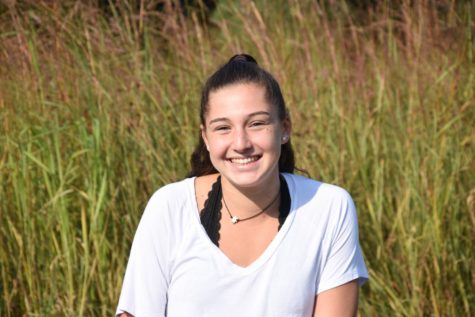Dr. Unobskey’s process of calling snow days
Credit: blmiers2
Wayland Public Schools Superintendent Arthur Unobskey describes his process for calling snow days.
February 6, 2018
It’s 5 p.m. on a school night. You switch over from writing your English paper to checking the snow day calculator. “99%,” it reads. Excitedly, you text all of your friends, who are also anticipating a school closing. Suddenly, all of the phones in your house ring. Picking up the phone, you hear Dr. Unobskey’s voice start to say, “I am calling to inform you…” Tentatively, you begin to listen for a mention of a snow day. “Because of the predicted heavy snowstorm,” he says, “the Wayland Public Schools will be closed.” It’s official. It’s a snow day.
Superintendent Arthur Unobskey recently canceled school twice due to the first big snowstorm of 2018. Unobskey closed Wayland Public Schools on Jan. 4 and 5 because the conditions presented a danger to students and teachers.
For Dr. Unobskey, the process of calling a snow day is long. It starts two days before the decision is to be made, and involves different departments and different people.
“[The process starts] 48 hours before I need to make a decision,” Unobskey said. “I consult with the Department of Public Works and our maintenance departments to find out what they are predicting for challenges in clearing the roads for this particular storm.”
After a day, Unobskey seeks advice from more people.
“My Administrative Assistant gives me updates about every two hours on the storm’s progress,” Unobskey said. “Then, I check in with the DPW to get their opinion on how challenging it will be to clear the roads given the latest forecast. I check in with the transportation dispatcher to get a sense of any concerns she has about the buses starting. After that, I check in with our facilities manager to determine, given the latest predictions, how long it will take the custodians to clear the sidewalks and the entranceways to the schools.”
Eight hours before he needs to make a decision, Unobskey talks to the DPW and the facilities manager about every hour up until he makes the decision.
“I also consult with two different texting groups of other superintendents, [which involves] 18 total superintendents,” Unobskey said. “We will confer every couple of hours. We text each other when we make a decision. I have a lot of confidence in our custodial staff and our Department of Public Works. We will not necessarily close when other districts are closed. However, I do want to hear what other superintendents are thinking about regarding cancellation or delay because they may have important additional insights.”
The last step Unobskey takes in reaching his decision is a final check-in with the DPW. Then, he reaches a decision, most likely before 5 a.m. on the day of the storm.
“If I am very confident that a storm is going to hit and I know that we cannot make the roads clear or the schools are not safe, I will try to call school off the night before so that families can plan daycare,” Unobskey said. “That said, if I am not very confident, I will wait until 5:00 a.m. to make that decision.”
Some students support the snow days, saying that having the day off is relaxing.
“I liked having the snow days because I’d rather go to school in June than January,” sophomore Ethan Betancourt said.
“Personally, I really liked having the snow days because I don’t have to make them up,” senior Mackenzie Barber said.
However, some students are strongly against snow days and don’t want to make up school in the summer.
“I am against having snow days because I would rather be outside when it’s warm, and I would like to get out of school sooner,” freshman Maddie Yaffe said. “I’d rather get outside and enjoy the warm weather.”





![Last Wednesday, the Wayland School Committee gathered to discuss a number of topics regarding the health curriculum and Innovation Career Pathway course. Another large topic of conversation was the ways to potentially mitigate distracting cell phone usage. "These [phones] are going to distract your learning and social relationships," Superintendent David Fleishman said. "That's concrete right there."](https://waylandstudentpress.com/wp-content/uploads/2025/06/Screenshot-2025-06-04-at-9.49.31 PM-1200x886.png)



























![Troy Hoyt finishes the Boston Marathon, running for the Hoyt Foundation. T. Hoyt is the son of Hoyt Foundation CEO Russ Hoyt.
“[Running a marathon] might seem like a big thing, when it’s presented to you at first, but if you break it up and just keep telling yourself, “Yes, you can,” you can start chipping away at it. And before you know it, you’ll be running the whole 26 miles, and you won’t even think twice about it.” T. Hoyt said.](https://waylandstudentpress.com/wp-content/uploads/2025/04/C36E8761-1CBB-452E-9DF2-543EF7B1095E_1_105_c.jpeg)














































